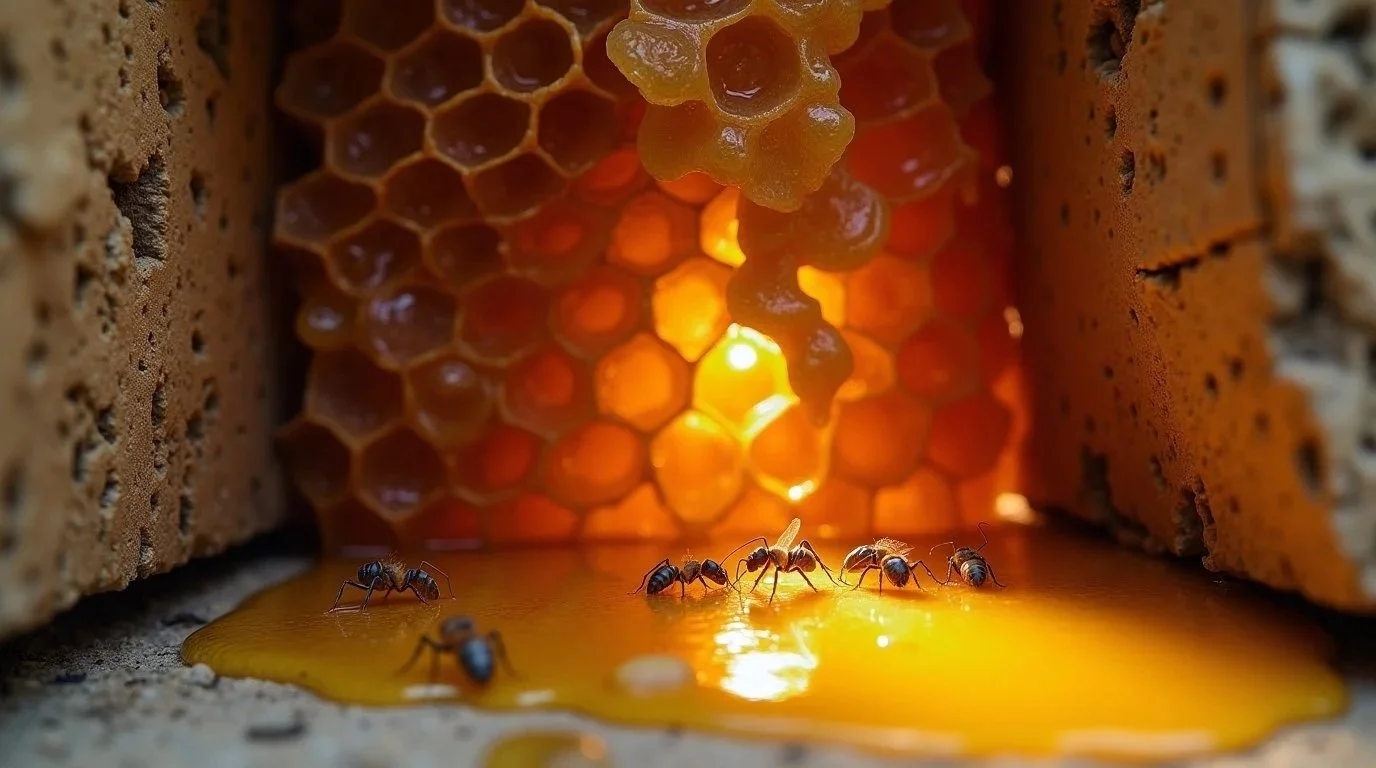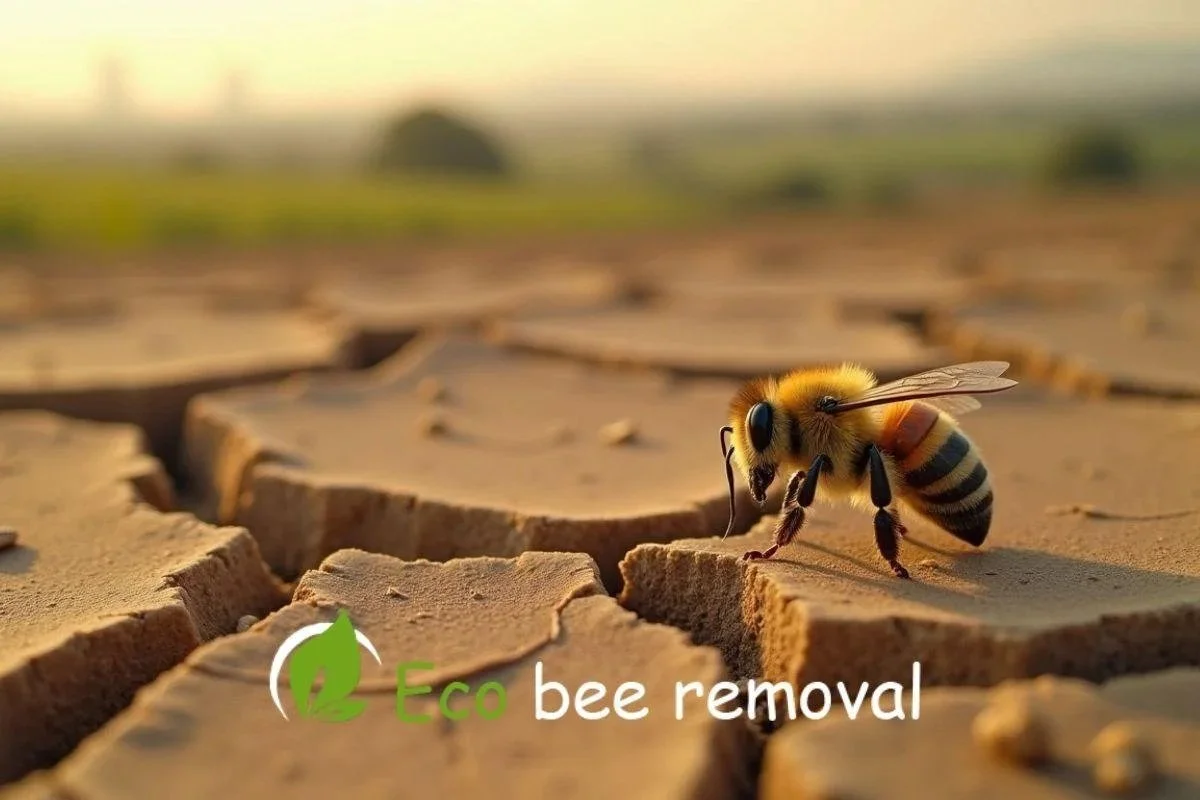
The Buzz About Bee Removal: Eco Bee Blog
We’ll keep you updated with all the important information that you’ll need to know.
The Science Behind Bee Communication During Relocation.
Learn how bees communicate through pheromones, vibrations, and waggle dances during relocation. Understand how colonies stay organized and why live, eco-friendly bee removal protects Florida’s pollinators.
Live Bee Removal in West Palm Beach, FL – Protecting Bees and Property
Learn the truth behind 10 common bee removal myths and discover safe, eco-friendly ways to protect your home while preserving essential pollinators.
Nighttime Bee Activity: How Light Pollution Affects Hive Behavior.
Light pollution disrupts bees’ natural rhythms, causing sleeplessness, disorientation, and reduced pollination. Learn how artificial light affects hive behavior and ways to protect our pollinators.
Bee Infestation Solutions for Sarasota County Homes – Safe Relocation Tips.
Learn safe, eco-friendly bee infestation solutions for Sarasota County homes. Discover expert tips on live bee relocation, prevention, and protecting Florida’s vital pollinators.
Bees in a Block Column – Live Bee Removal Project in Florida
Eco Bee Removal safely relocated a live bee colony from a block column in Florida. The hive was inside the hollow core—removed without damage using eco-friendly and humane methods.
Bees in a Palm Tree – Live Bee Removal Project in Florida.
Eco Bee Removal safely relocated a live bee colony from a palm tree in Florida. The hive formed inside a squirrel-made hole. No harm to the tree—completely eco-friendly and humane removal process.
How Soffit & Roof Rafters Let Bee Hives Grow Unchecked.
Hidden soffit and roof rafters can let bee hives grow endlessly. Learn how to safely remove and prevent bees during a home remodel with Eco Bee Removal’s eco-friendly solutions.
Bees in a Shed Floor: Why It Happens and How to Safely Remove Them.
Bees in your shed floor? Learn why they move in, signs of infestation, and how eco-friendly live removal keeps your home safe while protecting pollinators.
Beekeeping as a Business: From Hobby to Honey Production.
Turn your love for bees into profit! 🐝 Discover how to start and grow a successful beekeeping business — from setup and equipment to honey production and marketing.
How Leftover Honey Can Attract Pests and Mold in Homes.
Leftover honey inside walls can attract pests, rodents, and mold. Discover how professional eco-friendly bee removal protects your home and keeps it pest-free.
How to Handle Aggressive Bees Without Harming Them
Discover safe, eco-friendly ways to handle aggressive bees without harming them. Learn why bees get defensive and how professional live bee removal can protect your home.
The Future of Bees: How Urbanization is Changing Hive Locations
Urban growth is changing where bees build hives. Learn how city life impacts bee behavior and why eco-friendly removal helps protect pollinators and your property.
How Florida’s Humidity Affects Bee Nesting Habits.
Florida’s humidity influences where and how bees build hives. Learn why bees choose homes over trees and how eco-friendly bee removal keeps both safe and sustainable.
Bee vs Wasp vs Hornet: How to Identify Them (And Why It Matters).
Learn the key differences between bees, wasps, and hornets. Discover how to identify each species, their behavior, nesting habits, and safe, eco-friendly removal tips to protect your home and the environment.
Why Are Bee Populations Declining? (Pesticides, Climate Change, and More).
Bees are disappearing worldwide due to pesticides, climate change, and habitat loss. Discover why bee populations are declining and how you can help protect and save them.
Signs You May Have Honey Left in Your Home After Bee Removal.
Leftover honey after bee removal can cause odors, stains, pests, and even new bee swarms. Learn the top signs and how professional hive cleanup protects your home.
How to Create a Bee-Friendly Garden at Home?
Discover how to design a bee-friendly garden at home. Choose pollinator-friendly plants, provide habitats and water, avoid pesticides, and ensure blooms year-round for thriving bees.

















